How to grow bean sprouts: simple tips for growing them at home
Find out how to grow bean sprouts for an easy way to add nutrient-packed microgreens to salads, sandwiches and stir fries
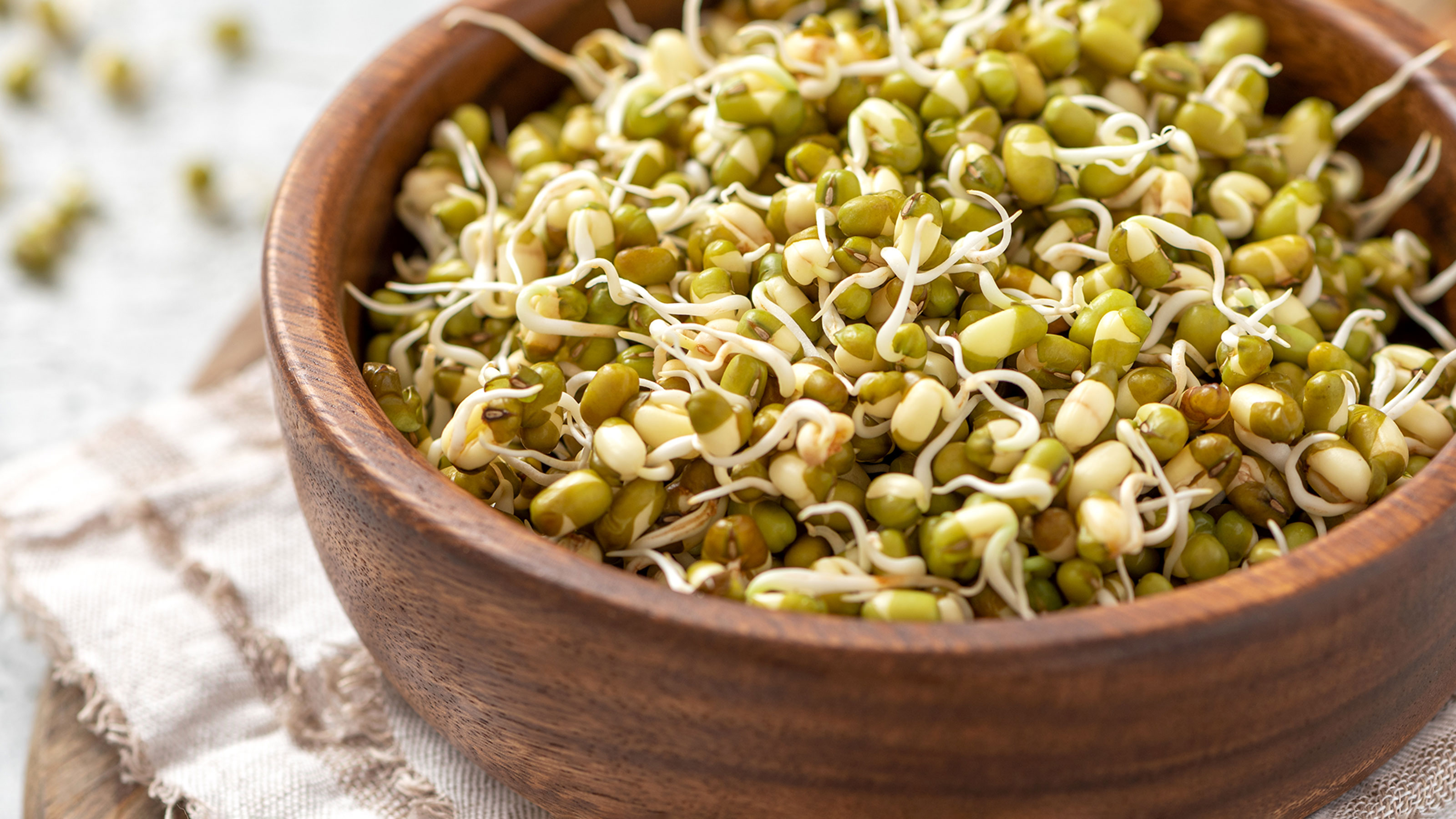
Finding out how to grow bean sprouts is easy and they're usually ready to eat in about three to five days. The only equipment you need is a clean jar so they take up hardly any space. There's not much involved when it comes to growing them either, just a simple rinsing process that's quick to do.
Unlike many of the crops you may select for your kitchen garden ideas, it's one of the few crops you can sow and harvest all year round. One small pack of seeds will keep you going for ages, so they're economical to grow too.
These super quick crops are packed full of fresh flavor and crunch, as well as nutrients that give you a daily vitamin and mineral boost. They have been linked with many health benefits including helping to normalise blood pressure and bad cholesterol. So finding out how to grow bean sprouts is a quick win all round!
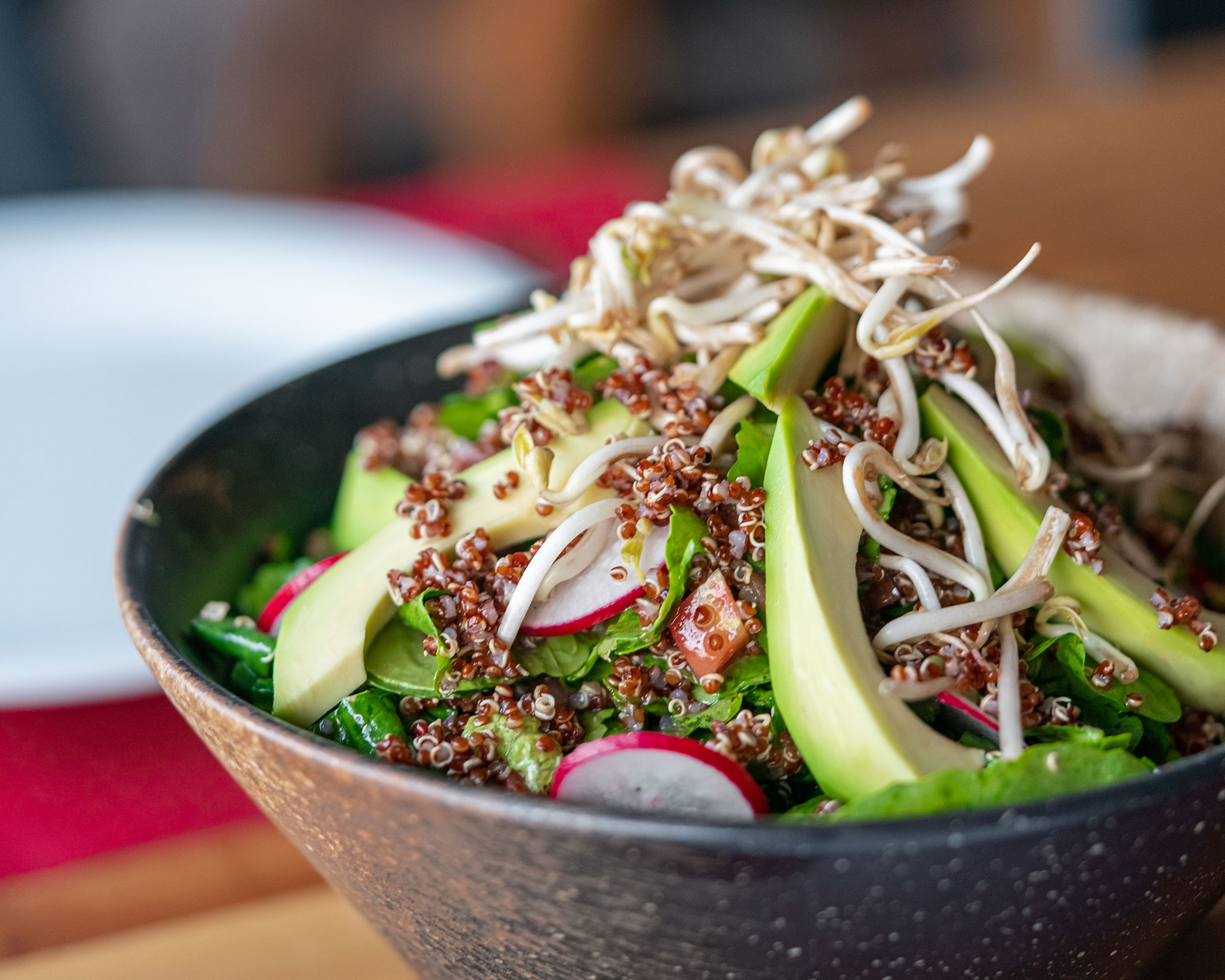
How to grow bean sprouts in a jar
You can buy special tiered sprouting trays from health food stores but why bother when you can find out how to grow bean sprouts in a jam jar. It's quick and easy with our step-by-step guide:
- Measure out a quantity of beans for sprouting. Bear in mind that the beans will swell considerably in the process, and the resulting sprouts will also take up lots of space. Think in terms of the finished crop doubling the original quantity. A small cup should give plenty of sprouts.
- Using a colander or strainer, rinse the beans in cold water until it runs clear. This removes dust and other impurities. Drain, rinse, and drain again. Place the rinsed beans in a bowl and immerse in water overnight for 12 hours. A ratio of 1:3 for beans to water is fine. Then rinse and drain again. Soaking softens the outer membranes to facilitate sprouting.
- Put the beans in a transparent, wide mouth jar (a mason jar, try Amazon, is ideal, but old pasta sauce jars are fine). Fill with clean water, making sure the beans don’t take up more than a quarter to a third of the space. Stretch some muslin or cheesecloth or similar across the jar’s mouth and secure with a band. Place in a dimly lit place (in a cupboard or cabinet).
- Soak for eight-12 hours at room temperature until they swell: as a rule, the larger the bean, the longer they need to soak. Then drain the water from the jar by tipping it gently over the sink; either do this with the cloth attached or use a strainer. Then add more fresh lukewarm water.
- Repeat every eight-12 hours for two-five days, rinsing and draining and refilling. Keep returning to the dimly lit storage area to facilitate the sprouting process. Make sure air can circulate around the opening of the jar. Continue until you see the sprouts have reached the desired length.
- Once they are fully sprouted, give them one more full rinse. You may find it helps to remove some of the bean skins, and many should fall away naturally. Spread out in a thin layer onto a dry paper towel, and cover with another paper towel, and pat gently. They are then ready to be used, or they can be stored in the fridge for a few days.
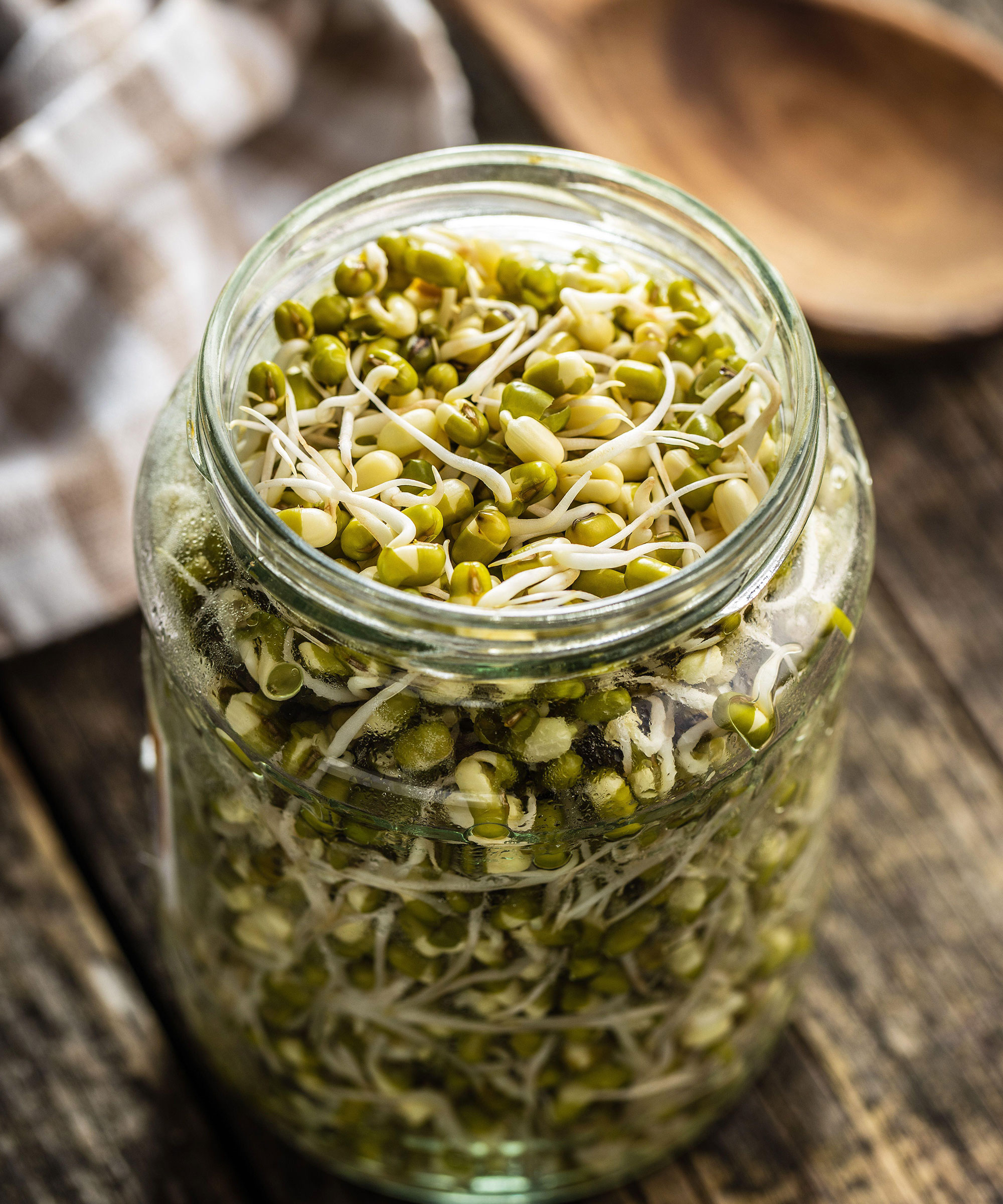
How to grow mung bean sprouts
When it comes to growing bean sprouts this is generally taken to mean mung beans. These small green beans belong to the legume family and are plant food powerhouses. They're versatile and easy to add to your diet, and can be eaten both raw and cooked.
Grow them in exactly the same way as you would bean sprouts, as outlined above.
How long do bean sprouts take to grow?
You can grow bean sprouts on your kitchen windowsill in as little as three to four days. Just remember a dimly lit spot is best and to keep them out of direct sunlight. They are ready to eat when the white sprout is at least 0.6in (1.5cm) long. You can grow the sprouts longer if you wish but don’t stop the sprouting process too soon.
If the sprouts are exposed to light while they're growing the leaf tip will turn green on days 5 and 6. If kept in the dark, they will remain white, like the bean sprouts from China. There's no right or wrong - it's all down to personal preference.
If you're looking for other crops to grow on your kitchen windowsill, our guides on how to grow basil and how to grow parsley are a great place to start.
How do I know when bean sprouts are ready to eat?
Sprouts are generally ready to eat when the bean skins have dropped off and the first pair of leaves have opened. You know they are ready to eat when they are 1-2in (3-5cm) long. This is usually after 4-5 days.
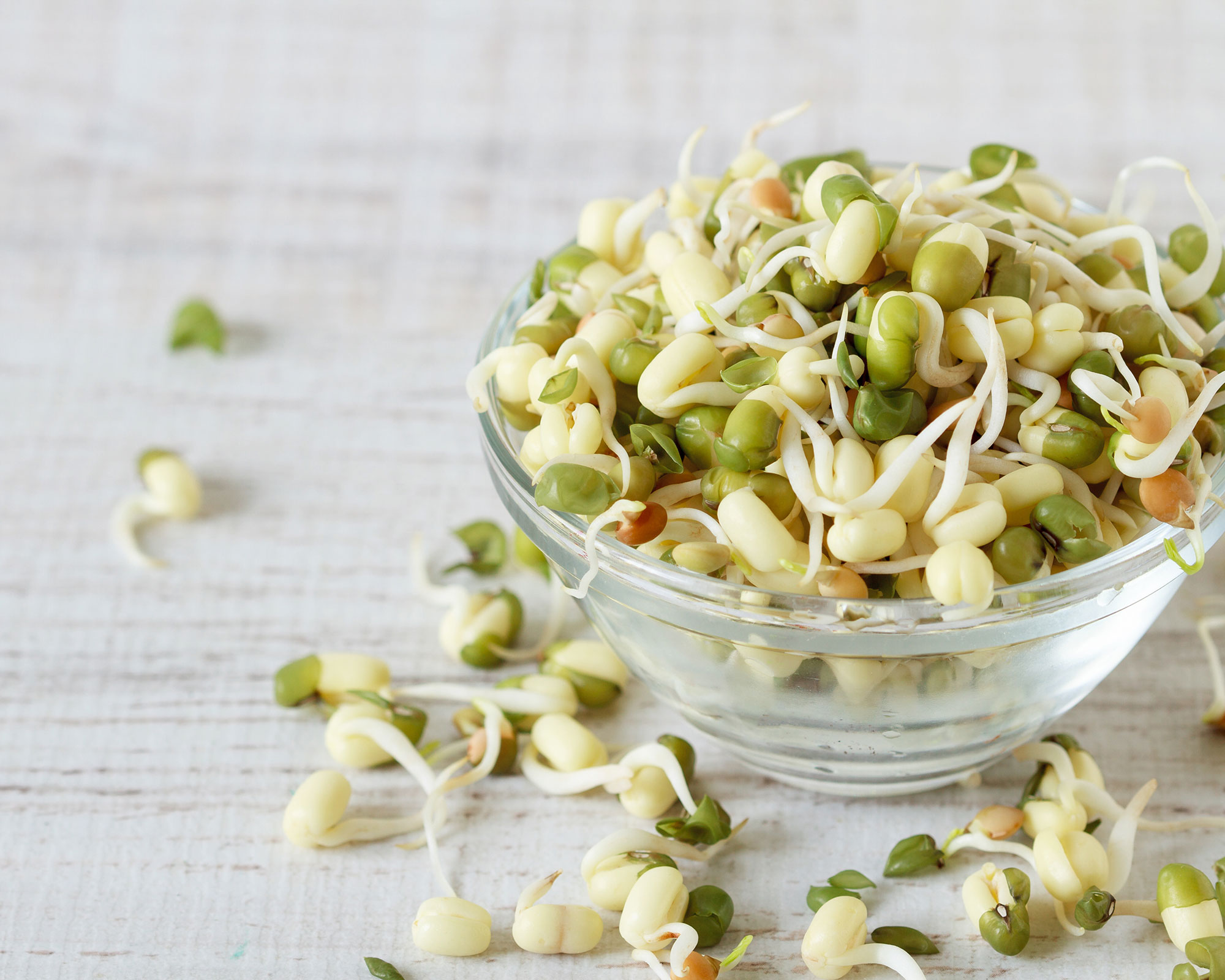
Can I grow bean sprouts in a bottle?
You can sprout beans in an empty plastic water bottle. Make sure it's clean then use a funnel (you can make a funnel from the top half of another water bottle) to add your pre-soaked mung beans. Slide the bottle into a thick brown paper bag and fold over the end to keep out the light.
Rinse the beans three times a day by filling the bottle with cold water. Use a fork over the neck of the bottle when you drain out the water to stop the beans escaping. After four to five days your beans will be ready to eat.
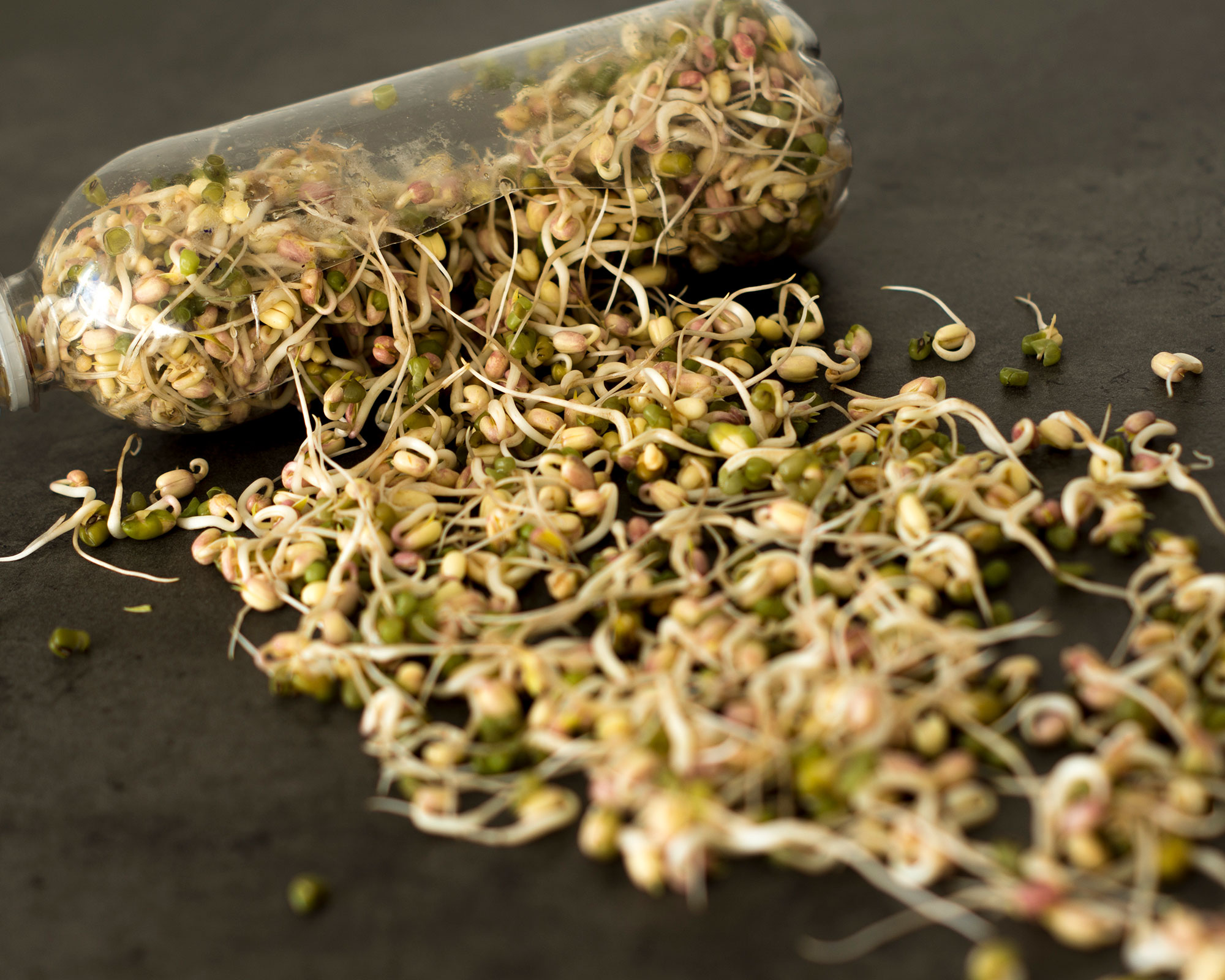
Can I sprout beans in a bag?
You can sprout beans in a simple cheesecloth or muslin 'bag'. Take a square of fabric and add your pre-soaked mung beans. Pull up the edges of the fabric so that your mung beans are wrapped into a loose ball and place somewhere that's out of direct sunlight.
Rinse the ball of mung beans under the tap three times a day. After four to five days your mung beans will be ready to eat.
Is it safe to grow bean sprouts at home?
Like any other raw food, sprouts can carry bacteria so there are some basic rules to follow when it comes to how to grow bean sprouts.
- Make sure that you use clean water for soaking and rinsing your beans.
- It's important to keep sprouts moist, but avoid letting them stand in water in the sprouting container.
- Rinse sprouts thoroughly at least every 12 hours. If using beans that will not be cooked, rinse every 6 hours, especially during warmer temperatures.
- If the weather is hot and humid bacteria can breed, but so long as seeds are rinsed frequently and proper airflow is available, this shouldn't be a problem.
- When your sprouts are ready to eat it's best not to wash them just before storing in the fridge. Instead, wait until sprouts are nearly ready for another rinse before putting them into the fridge to prevent moisture building up.
- Finally, eat stored sprouts as soon as possible and definitely within a few days. Sprout small batches of seeds, so that only a small amount will be stored at one time and sprout successionally to keep the supply coming. Don't eat bean sprouts that smell musty or have a slimy look. If in doubt, test the freshness of a bean sprout by breaking it in two - you should hear it snap.
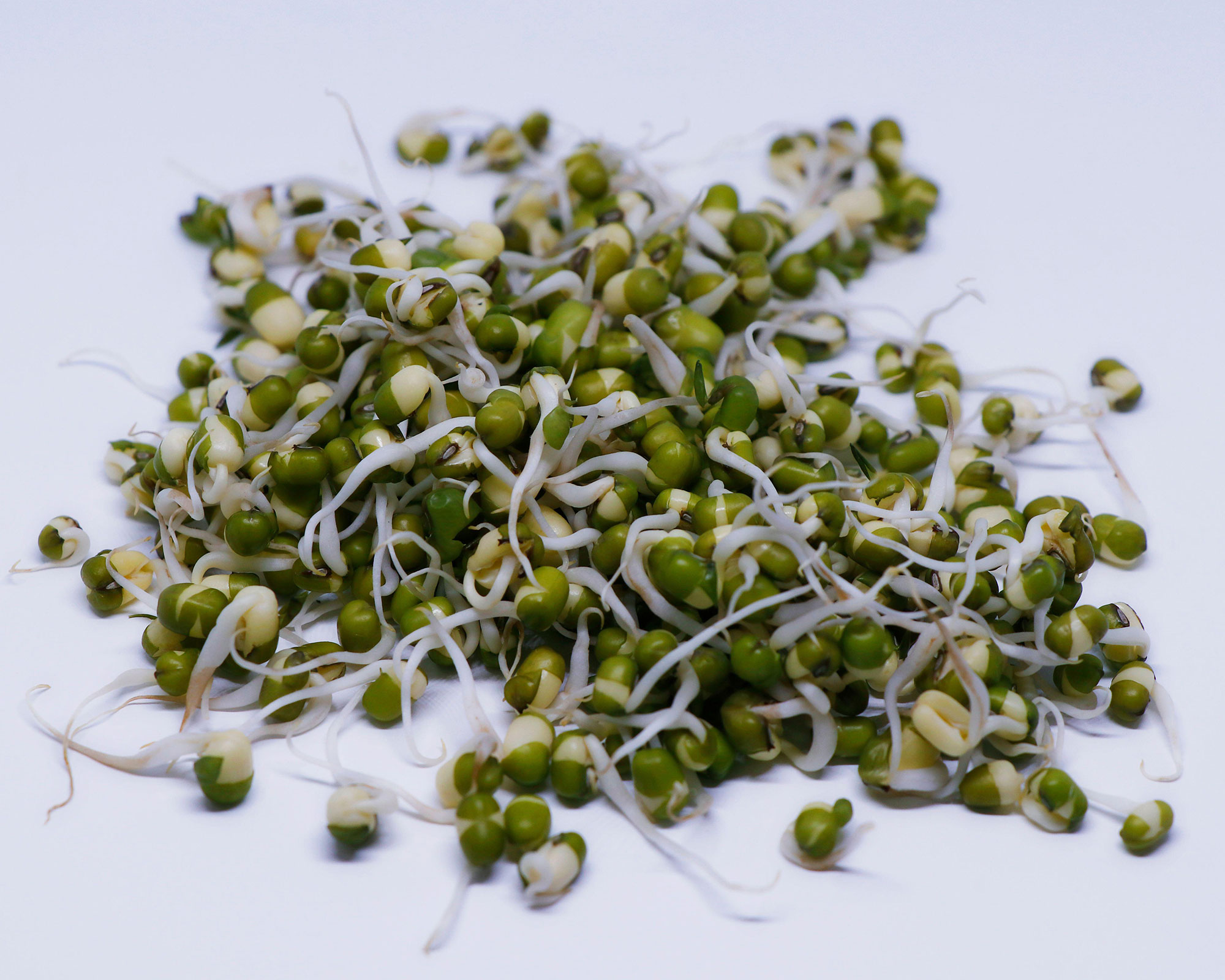
What other beans and vegetables can I sprout?
You can sprout almost any legume or seed, including everything from chickpeas and lentils to alfalfa, clover and kale (find out how to grow kale in our guide). You can also sprout grains, such as barley, wheat, and spelt. You can even grow sprouts from popping corn kernels.
There are a couple of exceptions such as chia seeds and flax seeds, which tend to be tricky to sprout so are best avoided.
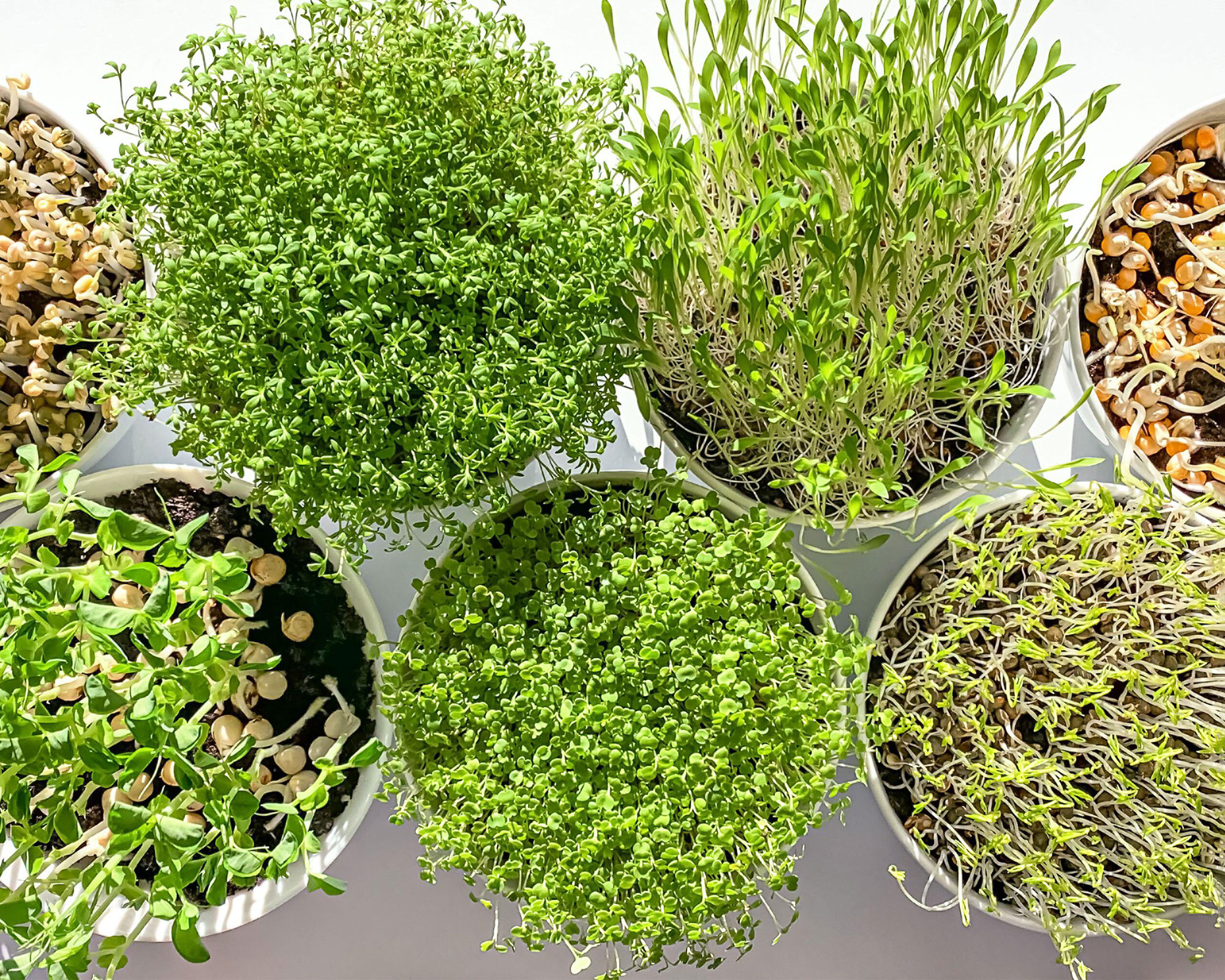
A selection of microgreens and sprouts: mung beans, garden cress, millet, popcorn, sweet peas, arugula and green lentils
How do I grow a mung bean plant?
As well as finding out how to grow bean sprouts, it's also possible to grow mung bean plants from scratch. However, it is best to start plants off in late spring.
For indoor planting, use containers with good drainage holes in the base. Don’t overwater mung beans planted in pots as they don’t like soggy soil. Beans can be harvested in three months.
Why stop here? Read our guides on how to grow runner beans and how to grow French beans to cram more bean crops into your kitchen garden!
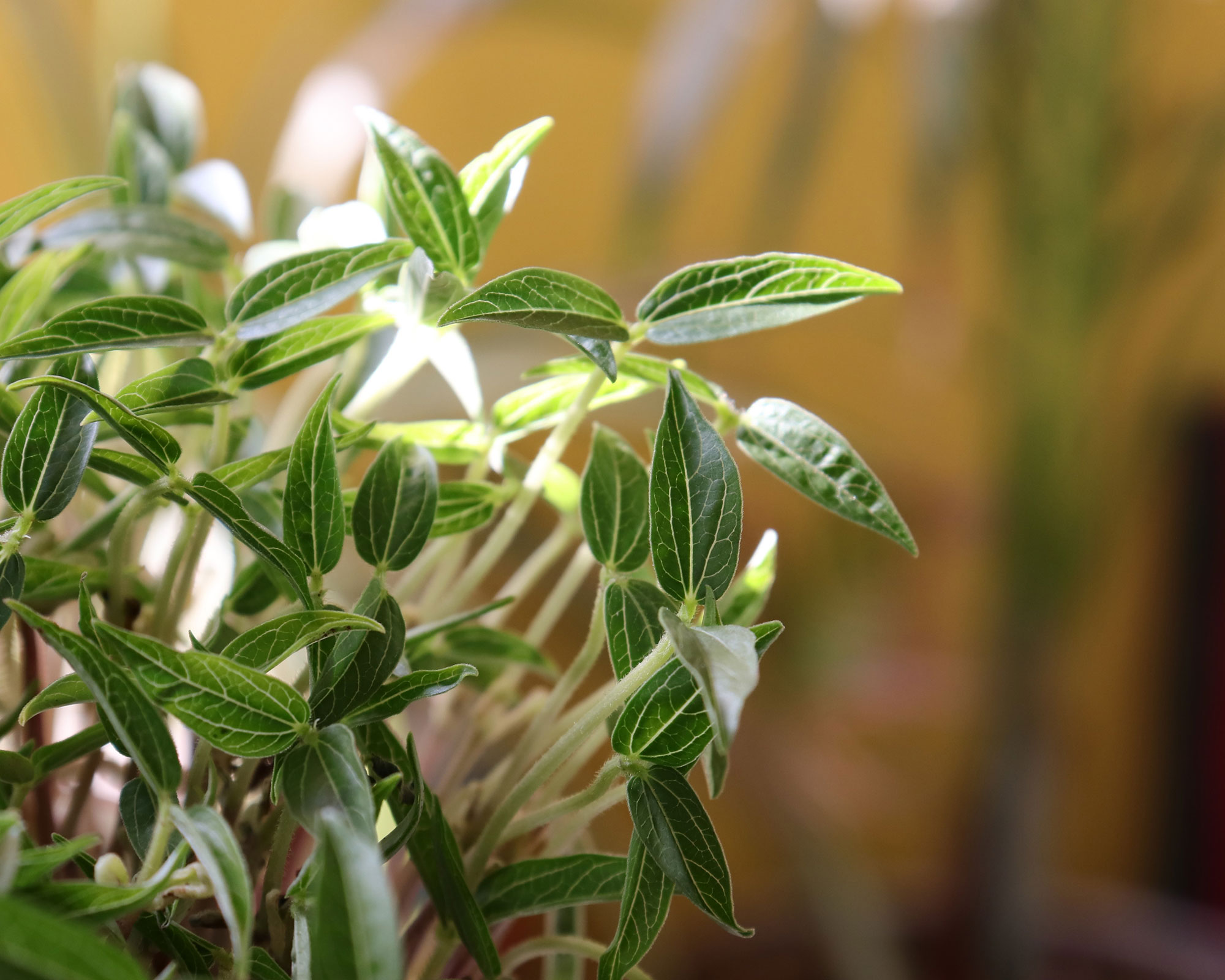
A mung bean plant
Do I need special sprouting seeds?
If you want to find out how to grow bean sprouts successfully you need to start with the right raw materials. In theory you can walk into any store and pick up a bag of mung beans, and chances are it will work out fine.
But it's important to point out that sprouting seeds are tested for e.coli and salmonella, and the growers take great care to make sure the seeds they sell are free of the bacteria that can thrive in the sprouting environment. So better to be safe and use the right kind.
Your local health food store should stock packets of sprouting seeds and they can also be purchased easily online from sprout specialists as well as at garden centers.
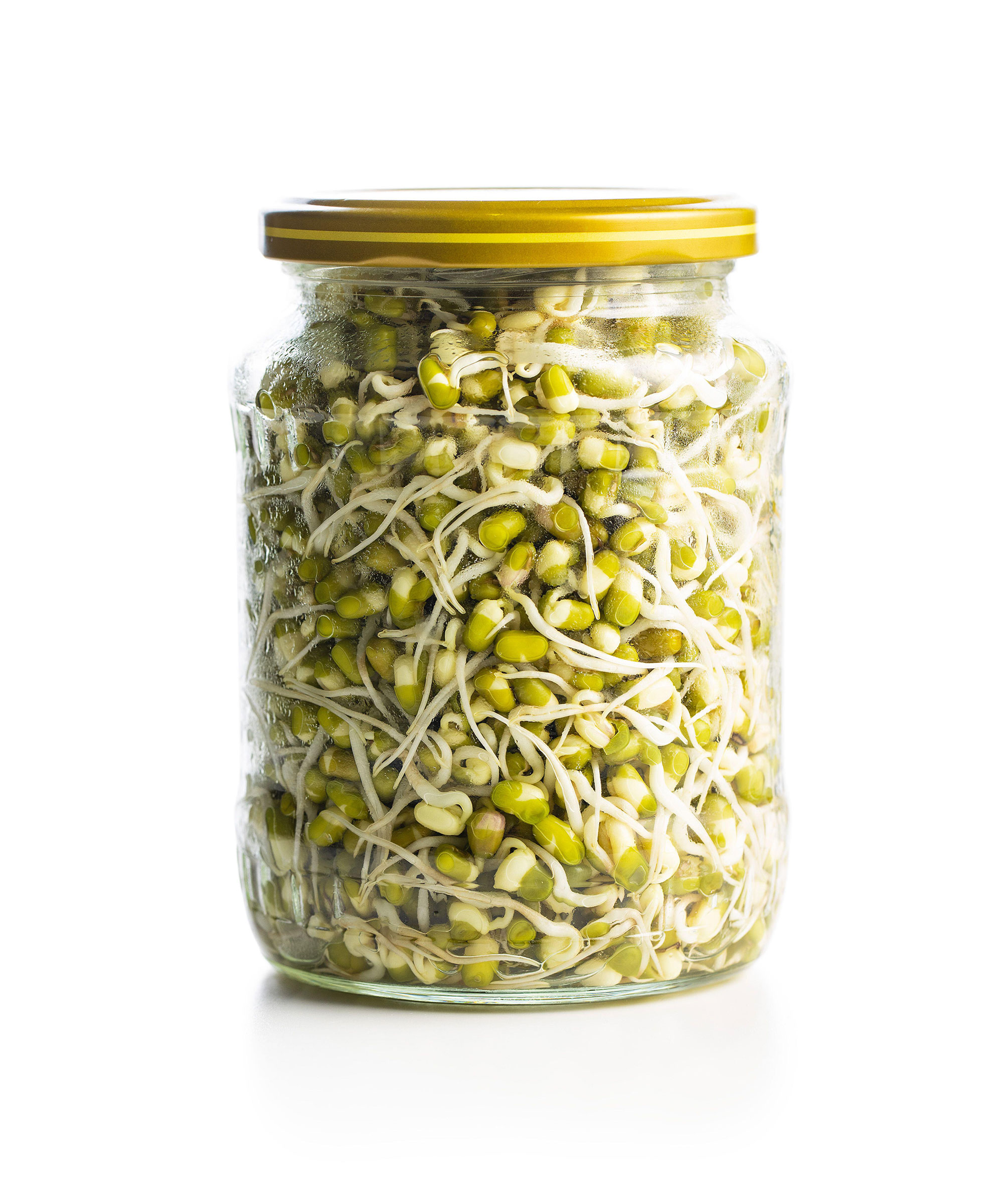
Where to buy bean shoots for sprouting
Now you know how to grow bean shoots, you're probably eager to get started. Most health stores and garden centers will have them but you can also order them online. Our quicklinks will make the job easier.
Where to buy beans for sprouting in the UK:
- Shop bean sprouts at Amazon
- Shop bean sprouts at Sutton's
- Shop bean sprouts at A Vogel
- Shop bean sprouts at Nicky's Nursery
Where to buy beans for sprouting in the US:
- Shop bean sprouts at Amazon
- Shop bean sprouts at Walmart
- Shop bean sprouts at Home Depot
- Shop bean sprouts at Burpee
Are sprouted beans good for you?
Bean sprouts are low in calories and have a light, fresh flavor, making them perfect for adding to salads and stir fries. They also pack a nutritional punch.
- Bean sprouts are healthy in lots of ways, from the high concentration of vitamin C to the proteins and fibers that help give them their distinctive crunch. It's worth learning how to grow broccoli too if you're after an additional boost of Vitamin C in your diet.
- Bean sprouts are a source of dietary fiber, which aids digestion. Fiber helps to 'clean out' the colon. They may also help to improve heart health by balancing cholesterol. Studies show that sprouts may help reduce 'bad' LDL cholesterol which can lead to clogged arteries. Bean sprouts may also increase levels of 'good' HDL cholesterol, which helps clear fatty deposits from the blood.
- Bean sprouts enhance hair health. The vitamin A in sprouts stimulates follicles. Sprouts are a source of zinc, which helps keep roots and strands nourished. It contains biotin, which contributes to a longer, thicker hair shaft.
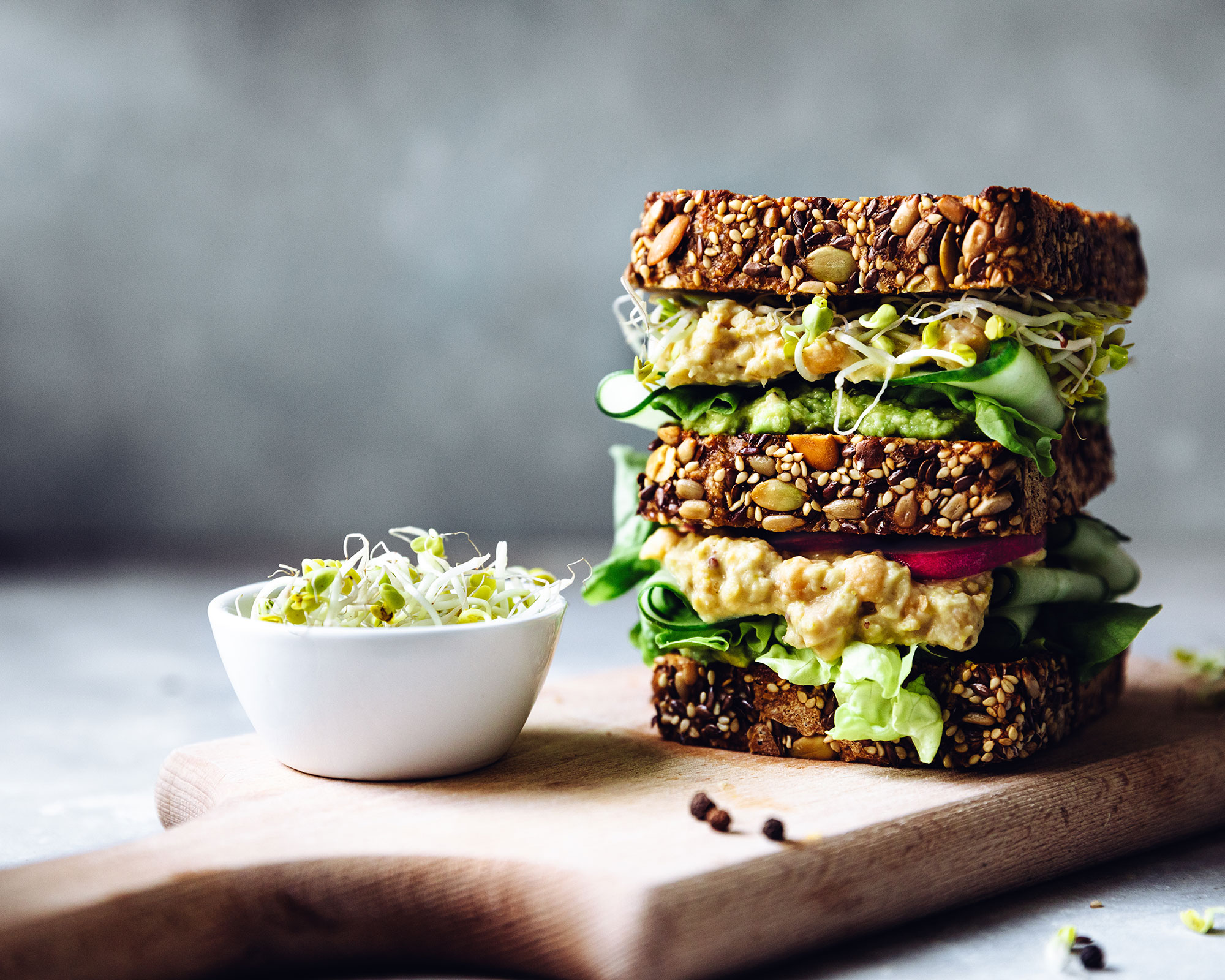
If you're looking for more crops to grow in a small space at home, our small vegetable garden ideas includes plenty of suggestions to help you maximize the potential of your plot.

As assistant editor of Amateur Gardening magazine, Janey's gardening passion was fostered from an early age, when her amazing mum had her deadheading hydrangeas, mulching roses, and propagating strawberry plants from runners for school open days. She's also taken part in lots of conservation and rewilding projects for the RHS and TCV as a way of exploring her horticultural horizons.

